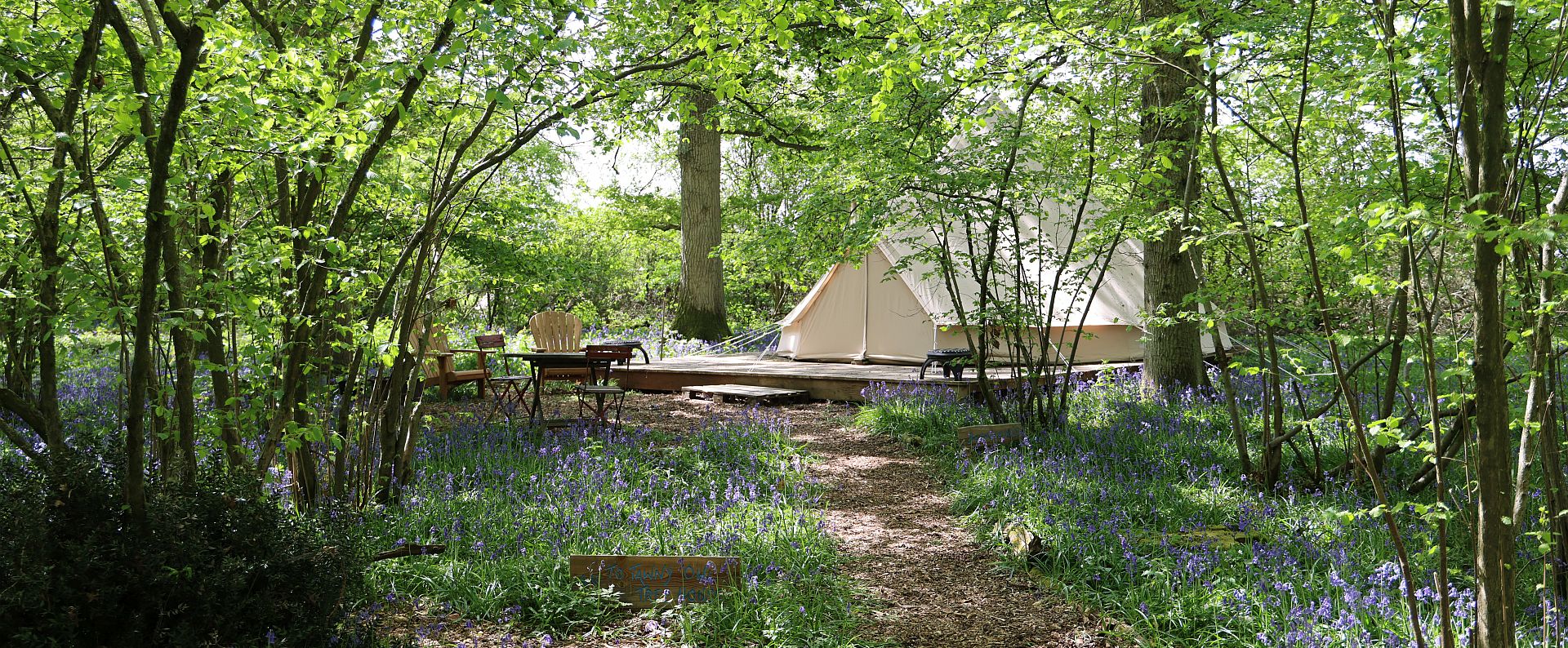Home / Rewilding / Ecosystem Services / Water Purification
water purification
Much of the water that enters the Estate through run-off comes from neighbouring intensive farms, roads and built-up areas and therefore has the potential to contain significant amounts of pollution.
However, water-testing in 2016 gave all standing water on the Estate the highest reading for water purity, indicating that our land is now providing an effective system of filtration and purification.
Surveys were conducted again in 2018 and a higher percentage of rivers and streams were found to have no pollution, compared to 2016. There were, however, some areas of high pollution levels in 2018 which will be re-tested.
Dragonflies and mayflies are particularly susceptible to water pollution and the rise in populations of these species at Knepp (including the scarce chaser – a rare blue-eyed dragonfly found only in six places in the UK) are good indicators of water quality. As are rare plants like water-violet and lesser water- parsnip that are also now expanding in water bodies across the Estate.
Surveys in 2005 and 2016 recorded water shrew presence in ponds, streams and ditches across the Estate. Water pollutants and pesticides can be harmful to the water shrew, either by being directly ingested during grooming or through adversely impacting their invertebrate prey. The presence of this sensitive small mammal at Knepp is a sign that water quality, and that the aquatic vegetation is providing a suitable habitat for them.
